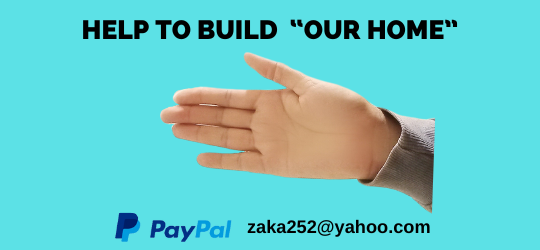
Unlocking Success through Networking Events: Building Meaningful Professional Relationships
In today’s interconnected business landscape, networking has become a vital component of career growth and professional success. Networking events provide employees with valuable opportunities to connect with industry peers, exchange ideas, and build meaningful relationships. Whether it’s attending industry conferences, business mixers, or internal networking sessions, these events offer a platform to expand professional networks, gain insights, and foster collaboration. In this article, we will explore the significance of networking events and provide insights on how to plan and maximize their impact.
The Power of Networking Events
Networking events are more than just social gatherings; they serve as catalysts for career advancement and professional development. Here’s why networking events are crucial:
- Building Relationships: Networking events enable individuals to meet professionals from various backgrounds, industries, and levels of expertise. By fostering genuine connections, employees can tap into a vast network of resources, support, and potential collaborations.
- Knowledge Sharing: Attending networking events provides an opportunity to gain insights, stay up-to-date with industry trends, and learn from experts through panel discussions, presentations, and interactive sessions. The exchange of ideas can spark innovation and inspire professional growth.
- Career Opportunities: Networking events often attract industry leaders, influencers, and potential employers. By actively engaging and showcasing their skills and knowledge, employees increase their visibility and open doors to potential career opportunities, including job offers, partnerships, or mentorship.
Planning Networking Events
To maximize the impact of networking events, thoughtful planning is essential. Here are key steps to consider:
- Define the Event’s Purpose: Determine the objectives and purpose of the networking event. Is it to foster industry connections, share knowledge, or promote collaboration within the organization? Clarifying the purpose helps shape the event’s format, target audience, and desired outcomes.
- Identify the Target Audience: Understand the demographics and interests of the target audience. Consider their professional backgrounds, industries, and areas of expertise. Tailor the event to cater to their specific needs and preferences.
- Select the Event Format: Networking events come in various forms, such as industry conferences, business mixers, or internal networking sessions. Choose a format that aligns with the event’s purpose and target audience. Ensure the format encourages meaningful interactions, such as panel discussions, roundtable sessions, or structured networking activities.
- Secure a Suitable Venue: Choose a venue that accommodates the number of participants comfortably. Consider factors such as accessibility, facilities, and ambiance. The venue should facilitate networking opportunities while providing spaces for discussions and presentations.
- Curate Engaging Content: Plan an agenda that strikes a balance between formal presentations and interactive sessions. Include keynote speakers, industry experts, or thought leaders who can provide valuable insights and inspire attendees. Allow ample time for networking activities, such as icebreakers, speed networking, or group discussions.
- Leverage Technology: Utilize event management tools or networking platforms to enhance the networking experience. These platforms allow participants to connect before, during, and after the event, facilitating ongoing conversations, exchanging contact information, and sharing resources.
- Promote the Event: Create a comprehensive marketing strategy to generate excitement and attract attendees. Leverage various channels such as email, social media, industry publications, and internal communication platforms. Highlight the event’s value proposition, notable speakers, and networking opportunities to entice potential participants.
- Facilitate Meaningful Interactions: Incorporate structured networking activities that encourage participants to connect and engage with one another. Provide networking aids, such as name tags, discussion topics, or designated networking zones, to break the ice and foster meaningful conversations.
- Evaluate the Event: Gather feedback from participants to assess the success of the networking event. Use surveys or follow-up discussions to understand attendees’ experiences, gather suggestions for improvement, and measure the event’s impact. Analyze the feedback to identify areas of strength and areas that need enhancement. This evaluation process will guide future event planning efforts and ensure continuous improvement.
- Follow-Up and Maintain Relationships: After the networking event, encourage participants to follow up and continue nurturing the connections they made. Provide a platform or resources for attendees to stay connected, such as an online community or networking groups. Follow up with participants to express appreciation, share event highlights, and provide any promised resources or follow-up materials.
Conclusion
Networking events are invaluable opportunities for employees to expand their professional networks, gain industry insights, and foster collaboration. By carefully planning and executing these events, organizations can create platforms where employees can connect with peers, exchange ideas, and build relationships that propel their careers forward. The benefits of networking events extend beyond the event itself, as the connections made can lead to career opportunities, mentorship, and knowledge sharing. Embrace the power of networking events to unlock success, foster collaboration, and enhance professional growth within your organization.